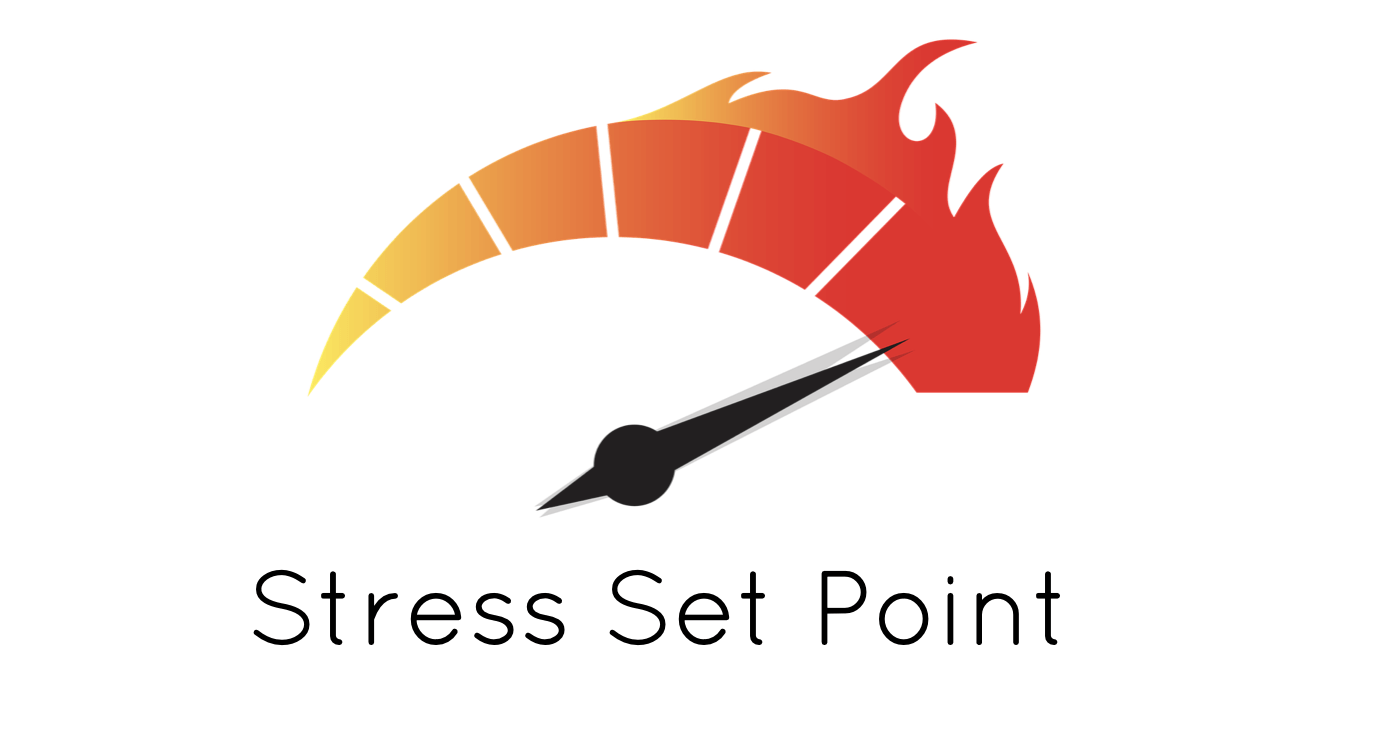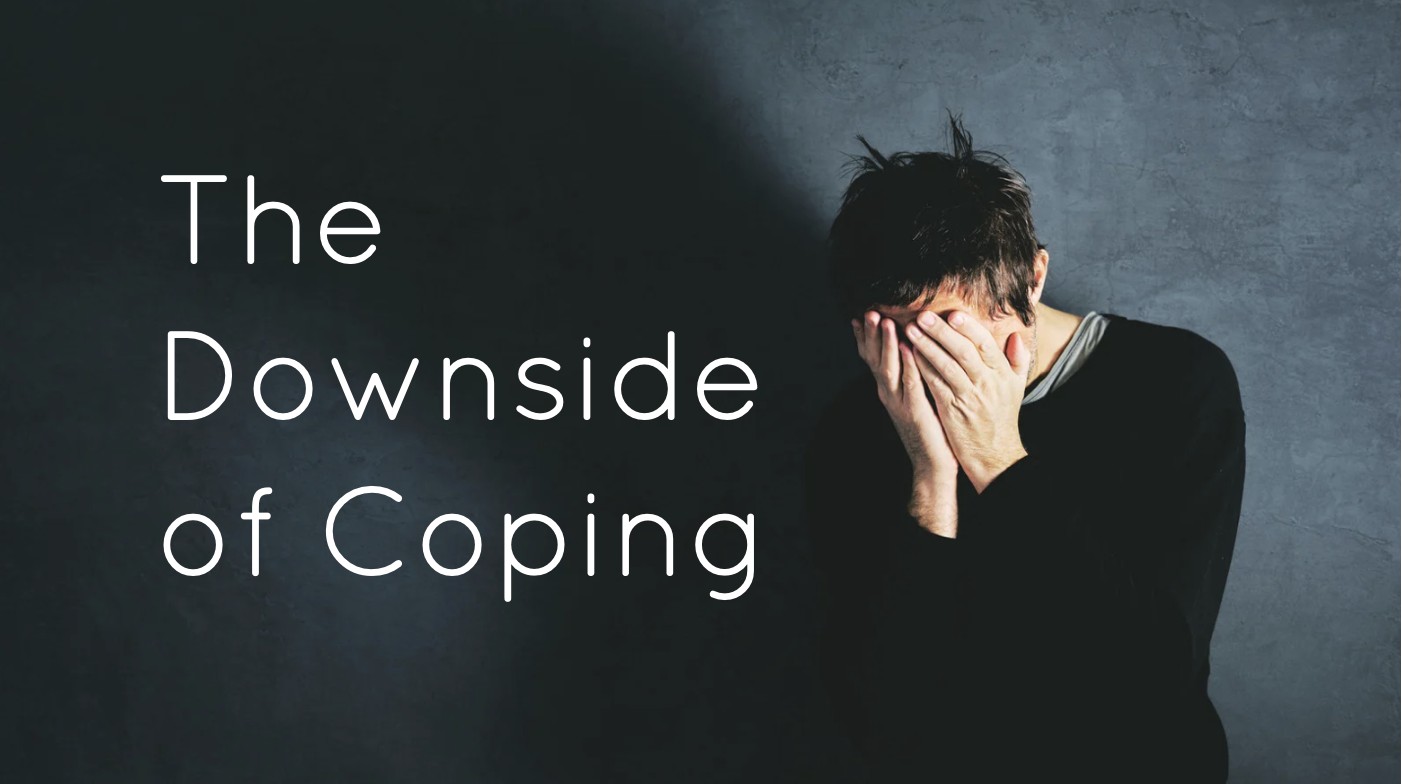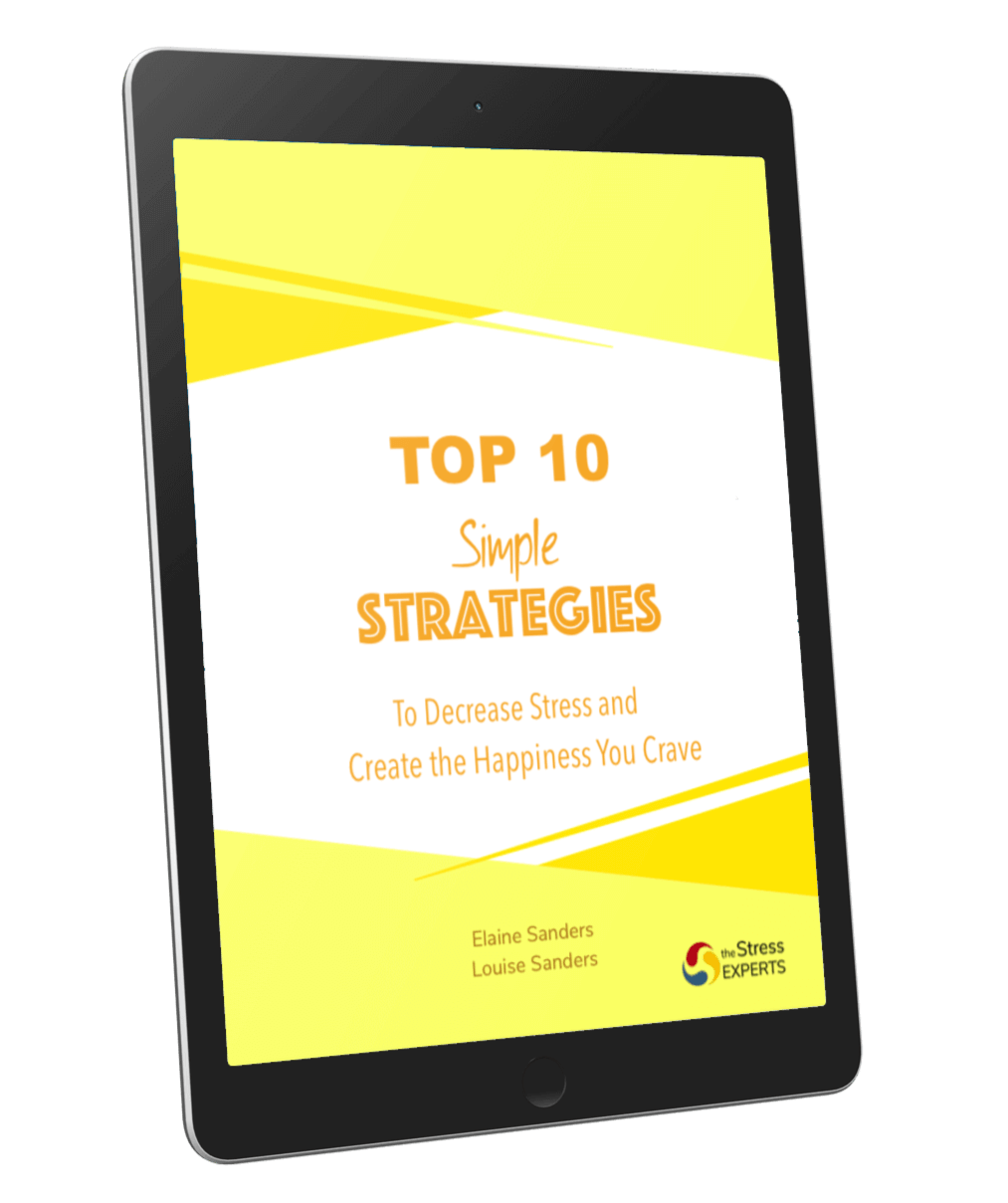
When I was a Physiotherapist, my clients would come see me when they were enough pain that they couldn’t tolerate it anymore and sought help. After a course of treatment with me, the pain would decrease back down to a manageable or tolerable level and most often they would stop coming at this point.
Some of these clients would still rate their pain at 2 out of 10 but it was a “normal” amount of pain for them, so they were “comfortable” and were content to live with it - not even entertaining the thought that it was possible for the pain to be 0 out of 10!
Frequently, these clients would come back in a few months or a couple years with again intolerable pain with the same issue - or a compensatory issue - and they wanted help to decrease the pain again to a tolerable level.
We have a “normal” for many functions in our body. It’s like a set point that the body tries to maintain - blood pressure, heart rate, hormone levels, blood glucose, breath rate, emotional state, etc. - much like a thermostat maintains the set temperature in your house.
Similarly, we have a level of pain with which we are comfortable. A level of pain that is so familiar that not having the pain would be “unfamiliar” and “foreign”.
For example, the low grade lower back pain so familiar to you that you unconsciously sit just so in order to avoid it, or avoid worsening it, and it’s difficult to imagine not having it. “You mean I could sit anywhere?! Not possible.” It doesn’t align with your current reality. It is foreign.
Because not having pain is a foreign experience, to our nervous system, it feels unsafe. Counterintuitively, when you are familiar with being in pain, not having pain feels unsafe.
This is the same with your level of stress.
You have a “set point” for your level of stress. A level that feels familiar and “safe”, just not actually “healthy”.
And when you start to veer from this set level of stress, experiencing either higher or lower amounts, it feels “unsafe” to the nervous system, and you’re drawn to do something about it - even sabotaging yourself to keep the stress level up!
Therefore, this “set-point” aspect of the nervous system, that is designed to keep you safe, can keep you stuck.
You might be thinking, “Um, my stress level set-point is pretty high. I am sick of it. Am I screwed?”
No. You aren’t.
You can change your set-point level of stress. This involves:
- understanding what stress really is
- increasing your emotional/internal state awareness
- releasing emotional baggage
- practicing tools to shift stress at the core, rather than simply using strategies that help you brace against it.
- exploring your motivations
Sometimes we have unconscious motivations to keep our stress at the level it is at.
As a place to start today, explore these questions. Try to be brutally honest with yourself. You don’t have to share the answers with anyone, just start exploring. You might be surprised at how your level of stress is actually serving you in some way (as it harms you).
- What does this level of stress give me? Attention? Excuses? Bragging rights? Maintaining an identity I try to uphold, ie. busy, hardworking, a victim? Fitting into a group, ie. family, CEOs, employees, “the cool kids”, the Joneses?
- What might I have to do that I don’t do now if my stress level was lower?
- What might I have to give up that I don’t want to if my stress level was lower?
Once you see that you might be benefiting from your stress level in a way that isn’t really what you want, you are on your way to changing your stress level set point.
To learn how to get unstuck and change your stress level, book a free 30-minute session, here.
Here’s to conquering stress.
With heart,
Louise
--
Did this blog help you?
Consider sharing it with someone who needs to hear it!
Have a question?
Let me know. I love answering questions! Contact me!

















0 Comments